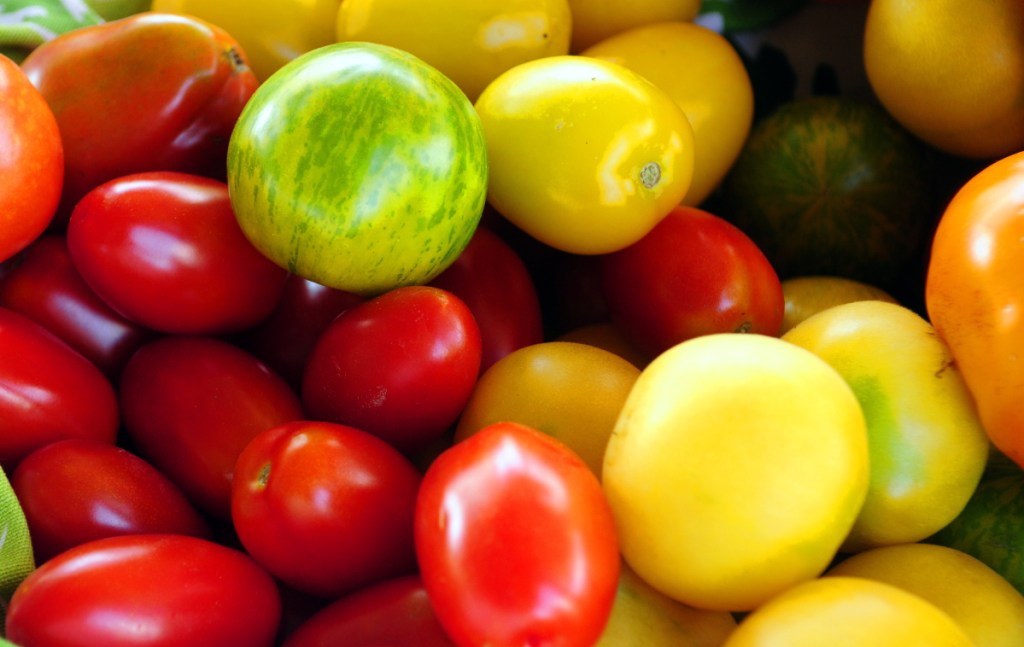You might expect that government policy on food production would reflect how much we have learned about the relationship between food and health.
But a look at the Farm Bill that was debated last week in the U.S. House of Representatives will set you straight.
Instead of putting billions of dollars worth of scientific research to work to make Americans healthier and farms more productive, the latest version of the once-every-five-years spending plan would have doubled down on subsidizing big business while cutting back on nutrition assistance for people in need.
If the House version of the 2018 Farm Bill were to become law, a handful of industry giants would get help from the government to produce food that’s bad for consumers and the environment while the most vulnerable members of our society would go hungry. And small farmers, like most of those in Maine, would continue to struggle, navigating a system that’s rigged against them.
“Young kids need good food to eat,” said Maine Rep. Chellie Pingree, a critic of the Farm Bill drafted by Republicans. “How can we be a humane nation if we don’t recognize that?”
The evidence for aligning agriculture policy with public health goals gets stronger every year.
High blood pressure, heart disease, some cancers and diabetes are all killers that can be prevented or controlled by eating a diet rich in fruits and vegetables. A national epidemic of obesity, especially among children, has been attributed to cheap and plentiful junk food, high in saturated fats and carbohydrates, like those found in sugary soft drinks.
Children who do not get enough of the right foods to eat before the age of 3 are more likely to repeat a grade in school, experience learning disabilities or get in trouble.
So what does the Farm Bill subsidize? Commodity crops like soy and corn, used mostly for sweeteners, animal feed and ethanol.
Only a small slice of the $280 billion budget goes to help produce “specialty crops,” which are most fruits and vegetables — exactly the kinds of foods that government scientists advise us to eat more of.
The bill is most wrongheaded when it comes to its biggest-ticket item, which is the Supplemental Nutrition Assistance Program, formerly known as food stamps.
The drafters of the bill propose extending work requirements now imposed on childless adults under age 50 to parents and older recipients. The Congressional Budget Office predicts that it would require the government to set up a complex bureaucracy to enforce the new rules and would cut millions of eligible recipients from the program because adding red tape predictably puts help out of reach for some who need it.
The requirements are unnecessary because most people who get help through SNAP are in families with at least one member who has a job. Thousands of SNAP recipients are active-duty members of the U.S. military, whose pay is so low they can’t afford to buy food.
SNAP is not a disincentive to work — it’s a vital support for people who can’t get enough hours to make ends meet. In Maine, it’s most used by people in rural areas, like Washington County, where nearly a quarter of residents are eligible, and there is not the range of employment options that exists in metropolitan areas. Depriving people of nutritious food won’t make them more employable, but it very well could make them sick.
Fortunately, the House bill collapsed on Friday. Congress has a chance to start over.
A Farm Bill that feeds the hungry, cuts subsidies for unhealthy products, increases support for healthy foods and helps family farmers work their land would go a long way to make us a healthier nation.
Send questions/comments to the editors.



Comments are no longer available on this story